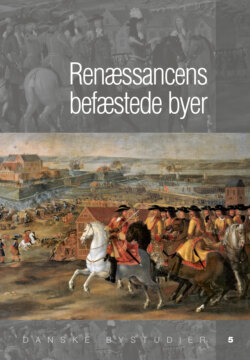Читать книгу RenAessancens befAestede byer - Группа авторов - Страница 18
На сайте Литреса книга снята с продажи.
Summary The Renaissance Citadel – Weapon Tech nology and Military History
ОглавлениеBy Hans Henrik Appel, Dr, the Association of Danish Museums
The great military and Renaissance historian, the late Joh n R. Hale, claimed the trace italienne fortifications to be the most distinct feature in Renaissance architecture. The new, strictly regular town planning was driven by the demands of the new military architecture and the trace italienne was probably the most widespread architectural style in sixteenth and seventeenth century Europe. Historians have interpreted this as proof of its revolutionary or decisive impact on Early Modern warfare; and along the same lines, the trace italienne fortifications have been attributed a pivotal role in the development of huge, permanent armies – and the building of powerful states to sustain them.
This article examines some of the main positions (and often mentioned events in this debate, such as the fall of Constantinople in 1453 and the French conquest of Italy in 1494), arguing that although the trace italienne fortifications and increased firepower were important elements in Early Modern Warfare, it is misleading to emphasize them as decisive. Close examinations of campaigns, sieges etc. more often than not point to “the friction of war” (such as plagues, famine, weather, discipline) as playing just as important a role as tech nology and strategy. Furthermore, the development of tech nology might not be as straightforward and linear as one might tend to believe.
Attempts to define a single tech nological or tactical innovation as decisive illustrate that military history, for many years, has been seen as a practical science from which lessons on successful warfare for future military men can – and ought to – be learned. It is, therefore, important to have a closer look at modern, specialized literature on military tech nology such as the work of DeVries, Guilmartin, Hall, Pepper, Smith and others, who undermine some of the general assumptions on “winning tech nology” that are repeated in many broader presentations of Renaissance military history.
